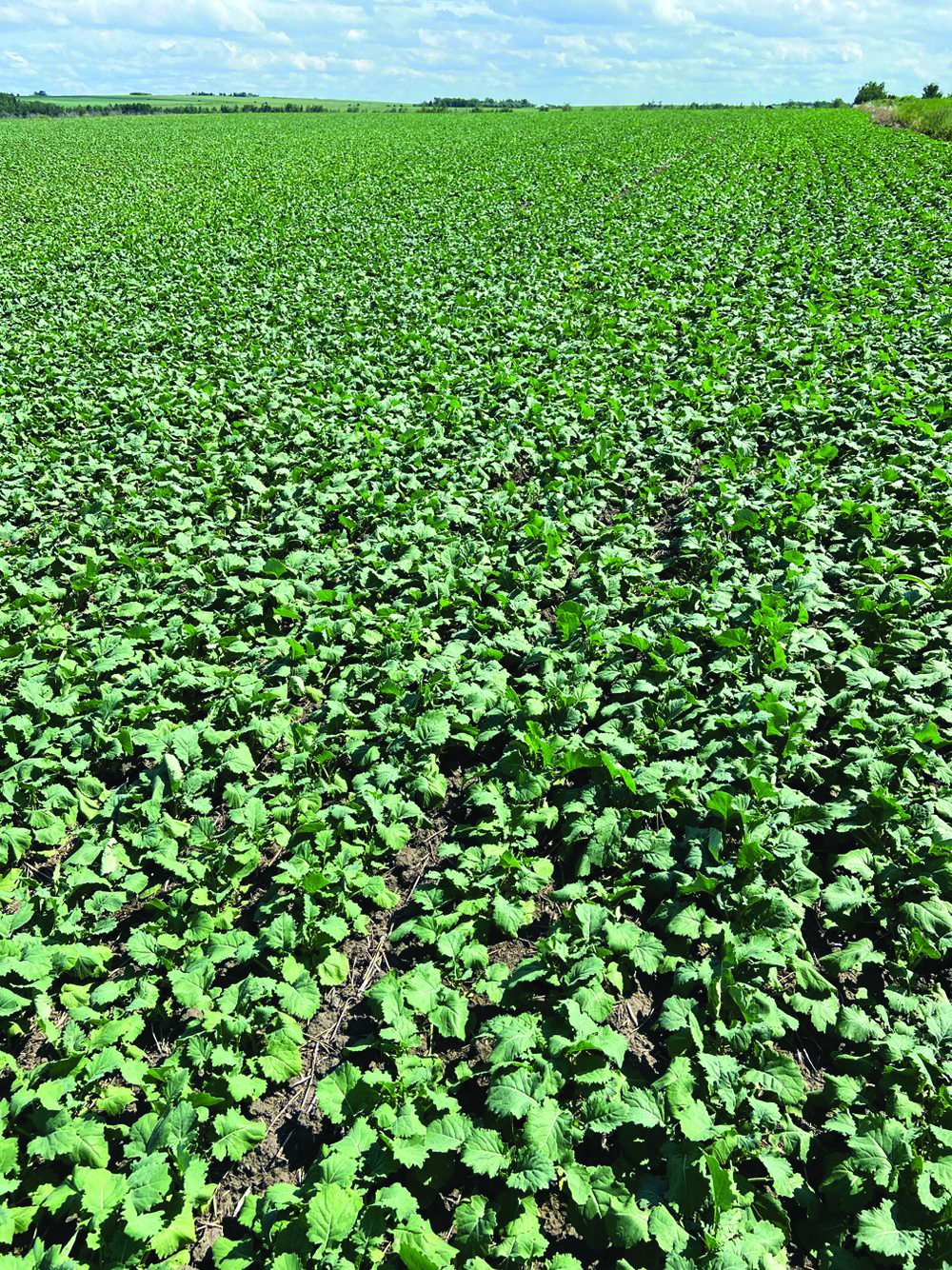How are your marketing plans going so far? If you’re finding it more difficult to get a good grasp on what the commodity markets are doing or where they’re going, it’s not surprising, says Bruce Burnett, director of markets and weather information with Glacier FarmMedia. “The volatility in the canola market has been unreal,” he says. “And wheat has been trading sideways to down for over two years now.”
Factors contributing to this situation range from the typical (high grain stocks) and the not so typical (U.S. biofuel policy) and come on top of tariffs, existing and threatened, stubbornly high fertilizer prices, and minimal breaks on production costs overall. It all means Canadian farmers are facing some challenges when it comes to selling their grain. “It’s a hard situation to define when you’re putting your marketing plans together,” says Burnett. “It’s going to be a very challenging year in terms of profitability.”
But it’s not all doom and gloom. Burnett says there may be some good earning opportunities if you pay attention and are willing to act quickly.
Canola: be observant, be quick
Burnett explains that volatility in canola markets is being driven largely by uncertainty around U.S. biofuel policy. It’s true that canola prices are governed by global vegetable oil stocks — all oils are considered equal in this context — but biofuels add a wrinkle.
Read full article

